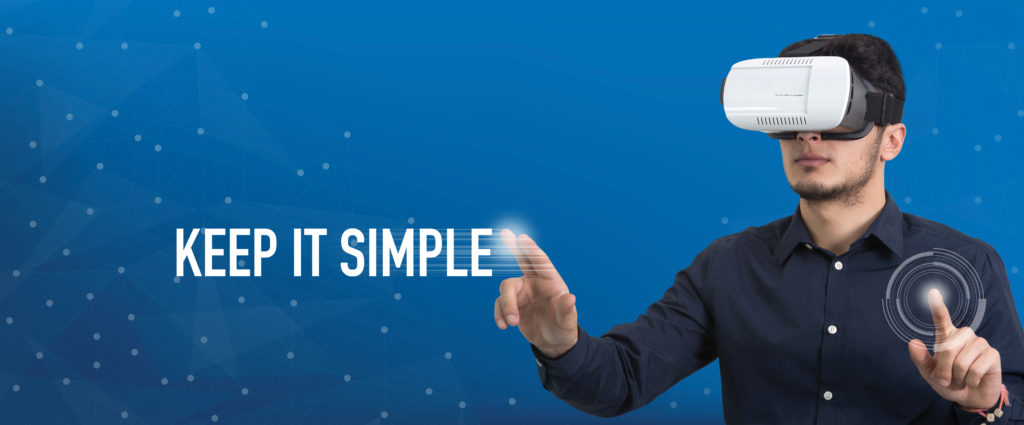Examples and Usages
It is positively essential to give your users the right onboarding experience for your product, because we all know first impressions are vital. Especially when it comes to software. Almost a quarter of general users abandon a product or app after an initial use. While there may be a number of explanations to illuminate the reasoning, it is highly likely that the user was not immediately convinced that they could use and navigate the product with ease.
Unless your product is sitting in a particularly niche market, there are plenty of alternatives for potential users to find instead of working out your product themselves. If their first experience was not a pleasant one, winning back a user is a tough undertaking. To mitigate the abandonment rate, user onboarding should not be an afterthought and needs to be integrated quite early into the development of a product. To better take advantage of the iterative process at each stage of development.
There are plenty of ways to approach user onboarding, and the more successful products may employ two or more combinations of the following examples of what makes for great user onboarding:
Simple, Visual Instructions: Using text to instruct your users can be a trial and error situation, as steps can be misconstrued or misunderstood. Instead of using an instructional text as convoluted as “Please, press the third button (Y) on the left controller twice.” it may be best to show a still image or an animated GIF. Better yet would be to accompany the images with a tooltip to read if needed.
Videos: Creating and developing an instructional step by step VR guide can be a lot of work, and can be subject to change. In some cases making a video that can be shown in VR is a lot faster and easier to digest for the user.
Limit Mistakes: The fantastic thing about VR is that the environment is completely virtual, meaning the user is in a safe environment to get things wrong. Although this does not mean that the user should have full access to all the controls immediately as they will get lost and make mistakes.
Seize Attention: It is important to grab the users attention if you require them to take an action to progress through the onboarding steps. If you need the user to press the third button on the left controller twice; make the left controller vibrate, show a GIF or video, highlight the button and show a tooltip above the controller to explain what you want from the user. With all these in place, you can safely say the user will not miss that button.
Find a purpose: Your users will find the onboarding process easier to digest when there is a sense of purpose. They will not want to just complete mundane tasks that showcase features of your product. Learning to make an icecream cone is a lot more intriguing than learning how ‘this feature can allow you to create an ice-cream cone’.
Stick to the basics: The onboarding process does not need to cover all of the features of the product. The essentials should be enough that they will allow the user to get comfortable and want to explore more of what the product has to offer.










